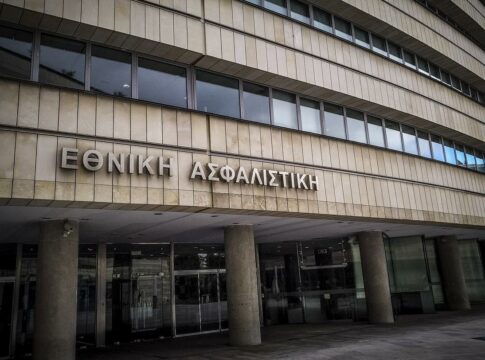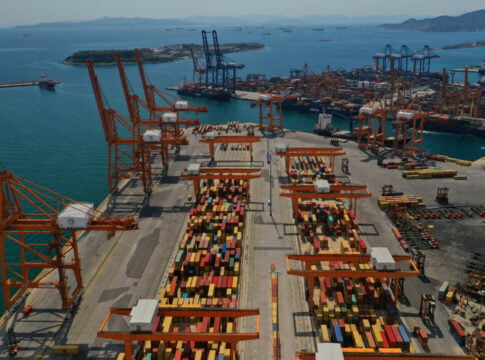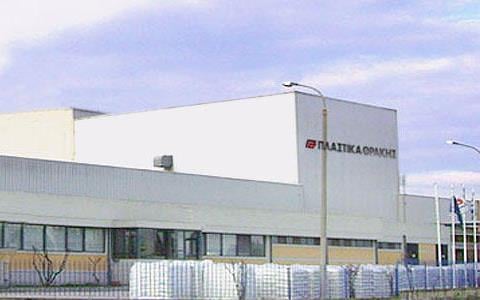By Vassilis Kostoulas
[email protected]
Seven years into the crisis there are nary any conditions for a dynamic Grexit from the economic crisis, an extended period that reflects the inability of the political system, but also of the Greek society, to meet the globalized 21st century challenges for sustainable growth and first-world competitiveness.
Through this column, a product of cooperation between “Naftemporiki” and “DIW Berlin”, 10 analysts based in Greece, abroad and from the Greek diaspora have focused on the conditions that led to the bankrupt model of the Greek economy after 1974 with the restoration of democracy, as well as the errors in the implementation of the adjustment program, while identifying factors that may help break the vicious cycle.
In the 15 years following Greece’s accession to the EU, the Greek economy grew by less than 1% on a yearly basis, much less than other European economies. Investments showed a strong negative growth of 2.2% per year, resulting in continually decreased accumulation of capital.
The state continued to increase spending every year without increasing revenues. Between 1980 and 1990, the expenditures had already increased by 18.5% to 48% of GDP, while revenues did not exceed 32% of GDP. The high budget deficits generated high public debt. In 2007, the Greek GDP was largely based on an economic “bubble”, inflated by high capital inflows and surging demand.
The sharp implosion of the Greek economy and living standards, as soon as capital flows from abroad dried up, was a “train wreck” in the waiting. In 2010 heralded the moment when economic adjustment was imperative. No less than six prime ministers and 10 finance ministries assumed Greece’s tenuous political and economic reins.
The ‘allergy’ of the political system to reform led to a one-dimensional policy of fiscal consolidation and seven consecutive years of recession. Institutional creditors, which now approach the Greek case more as an accounting case, also consented to this. Afterall, they themselves, underestimated the recessionary effects of the intense austerity-driven adjustment in a time of crisis.
At present, over-taxation is squashing economic activity in the country of 11 million. Roughly one-third of prospective VAT remittances, the biggest source of Greek state revenues, remain uncollectable. Successive increases in rates did not deliver additional revenues and proposals to improve tax administration and to expand the tax base remain untapped. Taxation of property is common in Europe and North America, but in Greece the ENFIA tax is estimated to cause annually a GDP loss of around EUR 6-9 billion, by depriving 70-100 thousand jobs and 2.2 to 3.3 billion tax revenues.
At the same time, as one of the most elastic expenditures in annual budgets and one that repeatedly ranks low in terms of respective governments’ priorities, public investments are progressively decreasing – from 12% before the crisis to less than 6% today – depriving infrastructure and growth potential for the country, especially in areas that make a difference: only 0.4% of GDP is being invested in R&D, significantly below the euro area average.
In parallel, education spending as a share of GDP is among the lowest in Europe. Nevertheless, the number of students per teacher is very low compared to the OECD average (report 2011) and payroll cost is high despite low wages. In Greece, only 6% -7% of pupils educated in private schools, but in 2008 spending for after-school tutorial institutes and private lessons represented, on average, 20% of household expenditures. For instance, the rate for daily three-hour lessons can reach up to 500 euros per month.
The “sick man”, the Greek public administration, known for its weaknesses even before the crisis, is now even more ineffective, following the retirement of the best executives. This weakened state, which suffers from a lack of incentive and an absence of evaluation, is called upon to implement the structural reforms that the country needs.
Within this environment, unemployment has increased by 12.2% in the period between 2010-2015, inter alia, in the absence of active employment policies and incentive for entrepreneurship and self-employment.
These are only some examples of the modern Greece’s weaknesses, ones that also contain potential solutions. Afterall, structural changes are implemented not with more but with far fewer laws. A law should replace 10 other unnecessary ones.
With some exceptions, in the recent years Greece has not exceeded its structural weaknesses and certainly not developed its export industries. The fact that, to date, there has been no Greek reform agenda explains much of the problem and reduces the chances of a positive outcome within a reasonable time frame.















